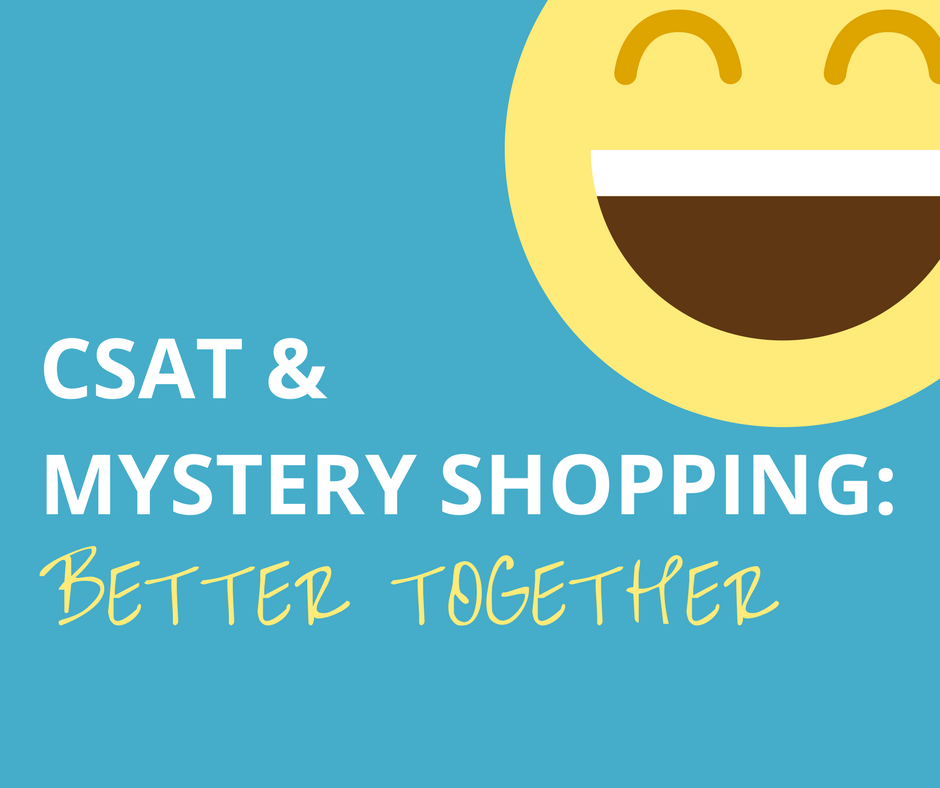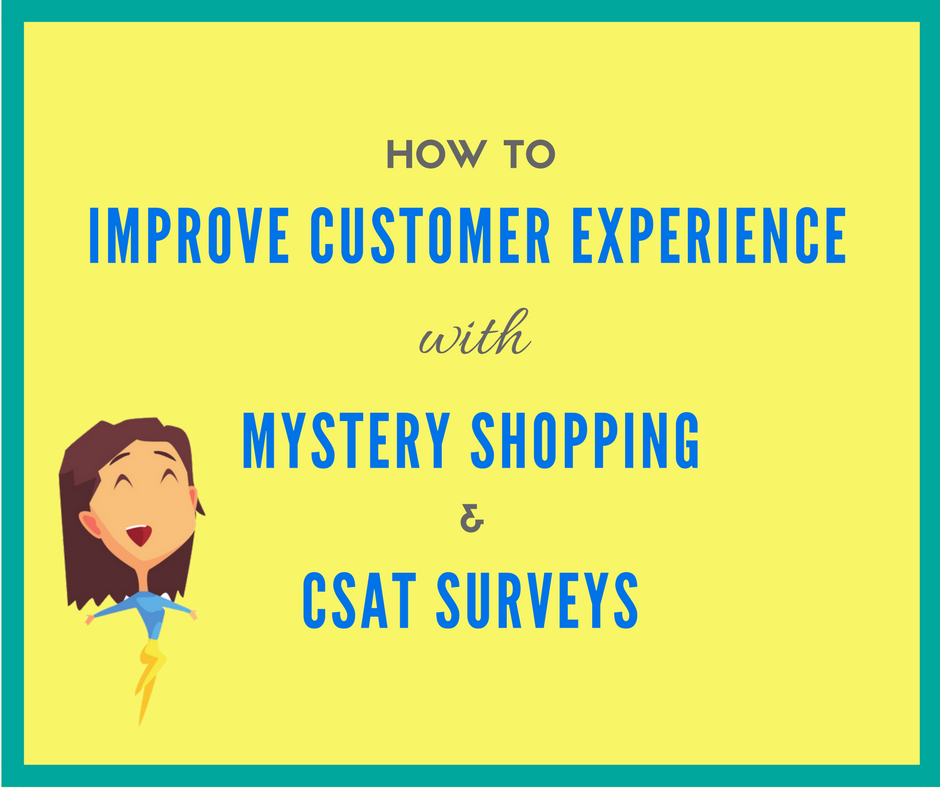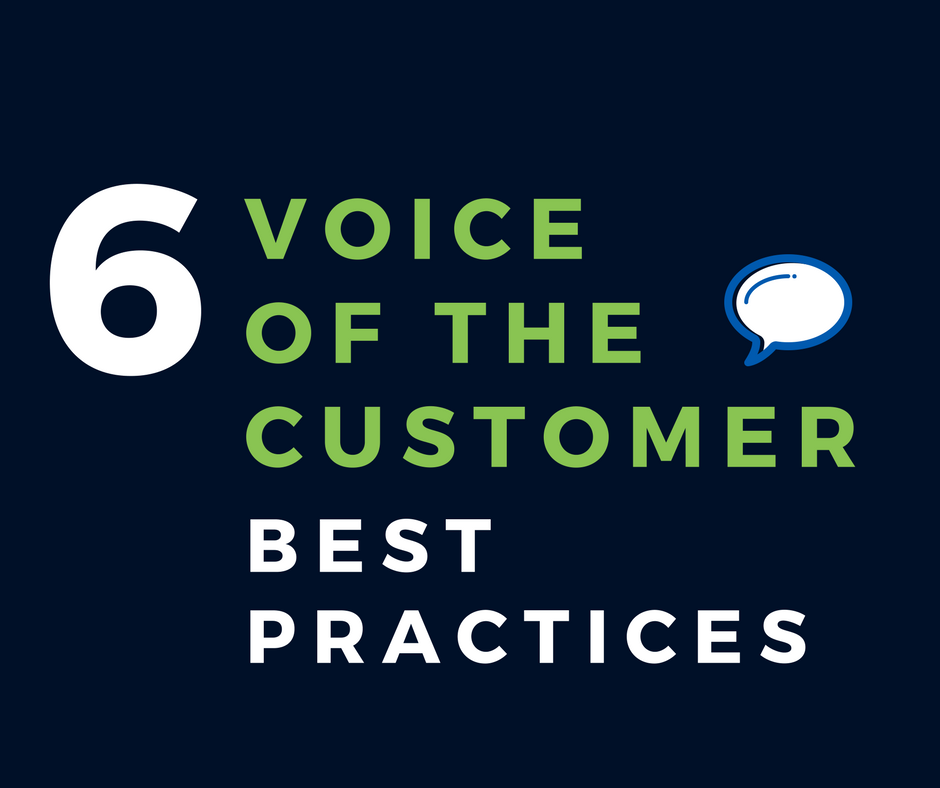Improve Customer Experience with Mystery Shopping & CSAT Surveys
When it comes to the value of your mystery shopping program, your results are meaningless if the behaviours you're measuring aren't aligned with your...

If you’re looking to improve customer experience at your locations, there are two key steps in the process to ensure that you get it right. While each approach can stand alone, the desired effect is much stronger when working together.
Working in conjunction with one another, both tools are essential to ensuring that you’re delivering a stellar customer experience - and one that is truly representative of your customer’s expectations.
Ensure that your standards are based upon what really matters to your customers. In order to do that, find out what it is that they care about, and then take those metrics and work them into your internal standards.
To do this accurately, send CSATs to your customers on a regular basis - this can be done after a purchase, through an email marketing campaign, after you receive feedback (good or bad) or whenever you see fit. Use this information to determine what your customers like or dislike about your products or services, and how they feel about your overall customer experience.
Sometimes the results are to be expected, but other times you might learn that key performance indicators you thought were important to customers really aren’t, and your efforts are better focused elsewhere. This is what tells you if your internal standards are in line with your customer expectations.
Mystery shopping consists of collecting unbiased, third party feedback that tells you whether or not your teams are following your standards on a regular basis. So once you’ve collected your survey results and can definitively say what’s important to your customers, incorporate these results into your internal standards.
Just because you have set standards for your locations does not mean that you can stop there. If these standards aren’t being followed then you won’t be delivering your intended customer experience. Use mystery shopping as a way to monitor employees and measure their performance.
Only after doing both CSATs and mystery shopping can you determine if your internal standards are truly representative of what actually matters to your customers. It’s one thing to mystery shop your locations based on standards you’ve set in place, but if those standards aren’t based on what your customers want to see, then your results are not helpful.

Look at the signage in place in your retail stores. Survey data states that customers are unhappy because they don’t know which items are on sale. Does this mean you need to improve your standards for signage in-store - or, do you need employees to better follow your current standards? Your mystery shopping results will tell you if it’s that you don’t have enough clear signage in place, or if it’s that employees aren’t following standards put in place to put up ‘sale’ signs each morning.
Don’t just guess what’s important to your customers. Take the right steps to find out exactly what matters to them, and then ensure that your teams are consistently delivering on those expectations.

When it comes to the value of your mystery shopping program, your results are meaningless if the behaviours you're measuring aren't aligned with your...

A customer experience management (CEM) program without a measurement strategy is like having a sports car without any gasoline. Data is the fuel that...

Today, it’s impossible for brands to become industry leaders without listening and responding to the needs, wants, and expectations of their...